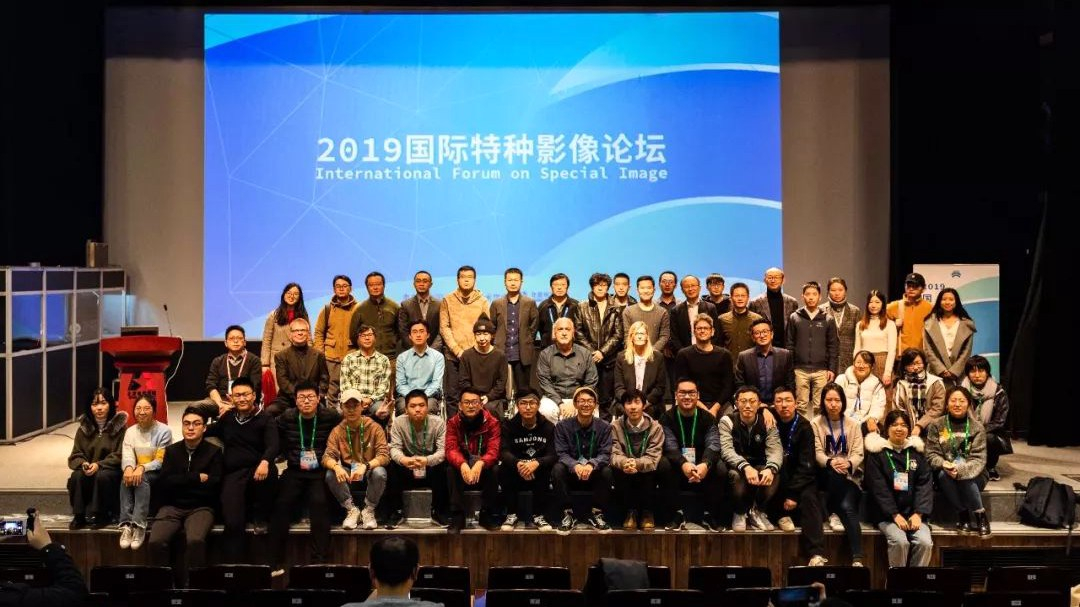
Guests and volunteers at the forum. /Photo courtesy of the organizer
Guests and volunteers at the forum. /Photo courtesy of the organizer
When we gaze at the infinite universe projected on a dome in the planetarium, see the Terracotta Warriors come to life in a museum, or are amazed by the flowing images projected on a castle in an amusement park, some of us might start to wonder how these vivid images are achieved.
These are called "special venue images". In recent years, images need no longer be confined to a flat cinema screen due to the development of digital technology; audiences now are able to walk into a digitally projected world and interact with images in real time.
A forum for international communication in Beijing
The 2019 International Forum on Special Venue Images was held at the Beijing Film Academy this week to increase international communication on special venue image production processes, innovative concepts and technical standards, as well as promote the development of related industries.
The forum was hosted by the Beijing Film Academy and the China Society of Motion Picture and Television Engineers, and was organized by the Special Venue Image Committee, Department of Film and TV Technology and the China Film High Technology Institute.
The event was the first high standard international forum on special venue images in the Asia-pacific region. It was also the first time China has held a forum on the full technical process of the creation of special venue images. Experts from the United States, Europe, Japan, Singapore and other countries came together with domestic experts to discuss the process, standards and future of special venue image.
The earliest special venue images appeared in planetariums and science museums, though their form and application gradually became diversified with the popularity of digital technology. Special venue image technologies such as dome screens, panoramic screens and dynamic 4D screens have been continuously upgraded, and they are widely used at various locations such as multimedia exhibitions, large-scale performance activities, interactive media art and theme parks.
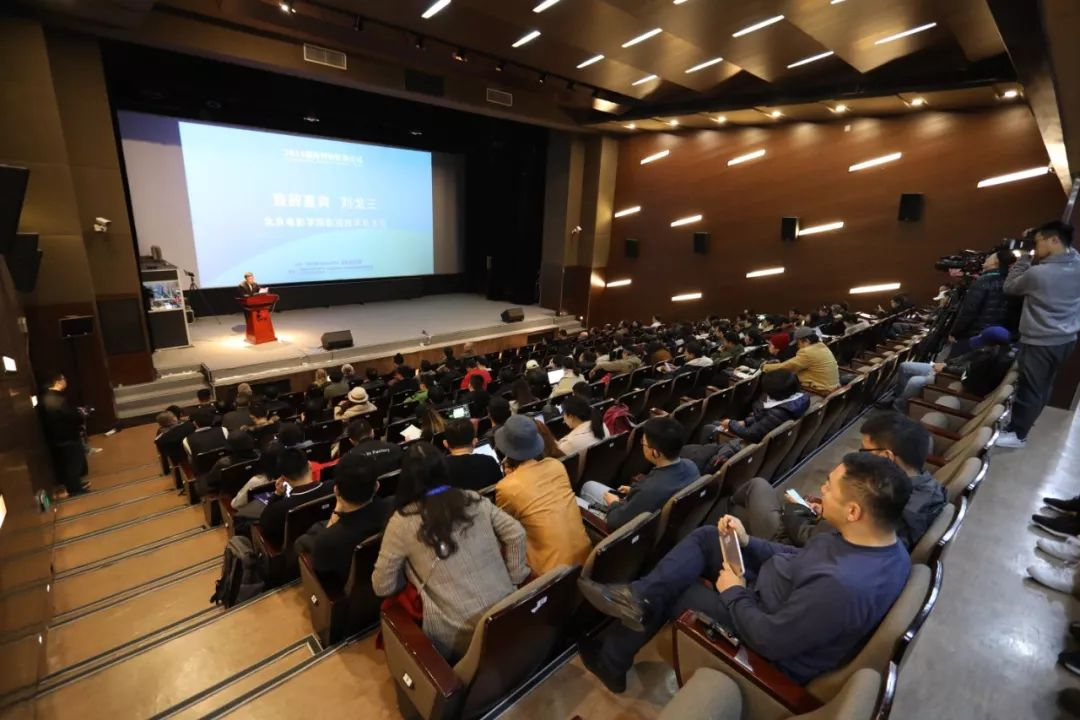
Mr. Liu Gesan, director of the Department of Film and TV Technology, gave a speech as a representative of the organizer. /Photo courtesy of the organizer
Mr. Liu Gesan, director of the Department of Film and TV Technology, gave a speech as a representative of the organizer. /Photo courtesy of the organizer
Speakers include Lady Gaga's concert designer
The guest speakers invited to the forum work in various fields of special venue images including planning, production, dome construction and distribution. The guest speakers included the CEO of IMERSA.org, professors from Nanyang Technological University and Tsinghua University, an artist who studies facial tracking and designs for Lady Gaga concerts and the team behind the immersive exhibition "Da Vinci".
More than 200 experts, scholars, professionals and students participated at the forum to discuss the advanced technologies of digital images in the fields of dome screens, giant screens, exhibition, face mapping, cultural tourism and stage performance.
The guests emphasized the importance of the audience to all kinds of special venue image, no matter if it is shown in a temporary or permanent space. Audiences always look forward to interacting with images and having an immersive experience.
Dan Neafus, the general manager of Gates Planetarium, CEO of IMERSA.org and a founding member of the American Dome Association, delivered a speech titled "Immersive Movie Language". He took the dome theaters in London and Las Vegas as examples and introduced the relevant technical parameters of dome theater.
He also introduced the different use of the audiovisual language between the dome movies and the conventional flat-screen movies through the panoramic movies he made by himself. He also showed the audience how dome movies could bring a stronger sense of immersion to the audience.
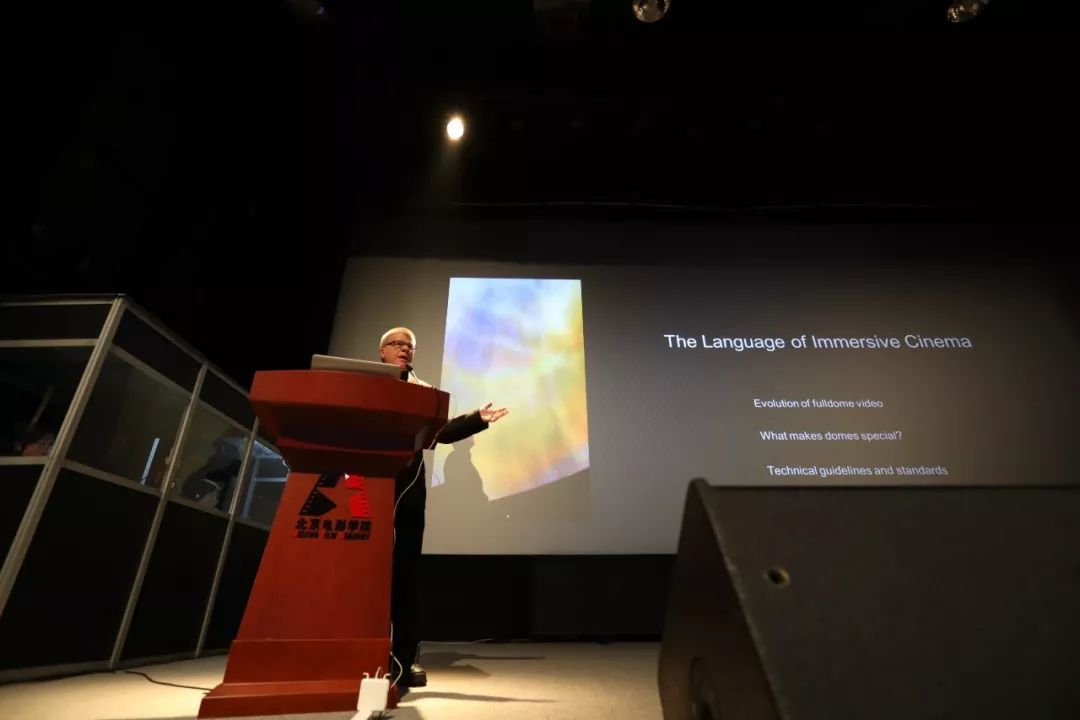
Dan Neafus, the general manager of Gates Planetarium, CEO of IMERSA.org and a founding member of the American Dome Association speaks about immersive cinema. /Photo courtesy of the organizer
Dan Neafus, the general manager of Gates Planetarium, CEO of IMERSA.org and a founding member of the American Dome Association speaks about immersive cinema. /Photo courtesy of the organizer
Japanese new media artist, creative director and chief technical supervisor Nobumishi Asai has used facial mapping technology in recent years to create works such as "INORI" and "Flower Bird Wind Moon", both of which have received international recognition. In his speech, he discussed technical developments in the field and how to use this for artistic creation.
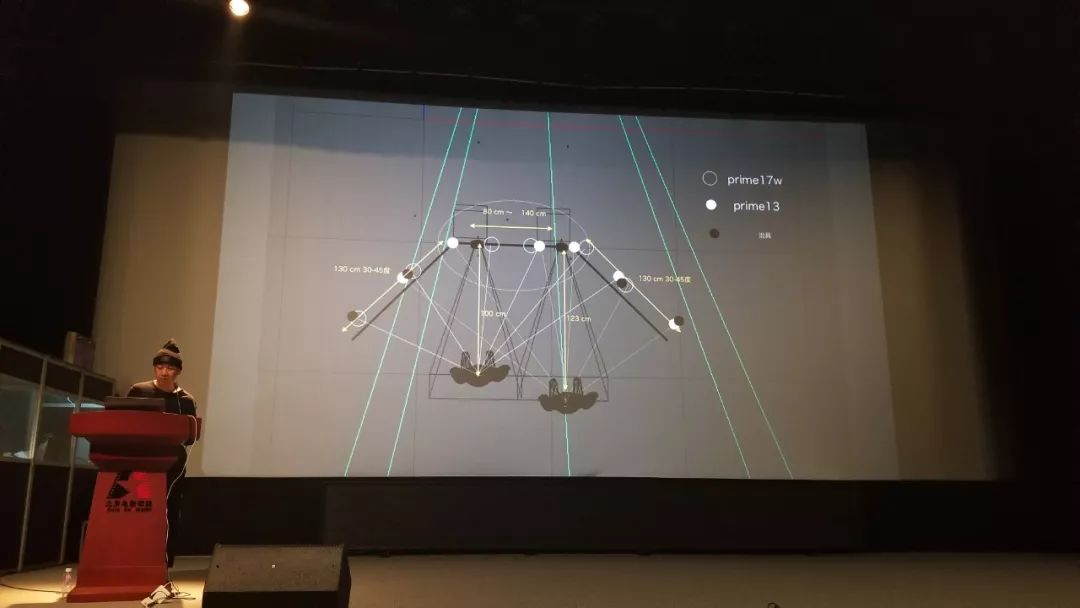
Japanese new media artist and creative director Nobumishi Asai. /Photo courtesy of the organizer
Japanese new media artist and creative director Nobumishi Asai. /Photo courtesy of the organizer
Associate Professor Ina Conradi and Assistant Professor Mark Chavez, from the Department of Art, Design and Media at Nanyang Technological University, Singapore, gave lectures on public new media art. Chavez uses mathematical algorithms to explore the artistic expression of the quantum world.
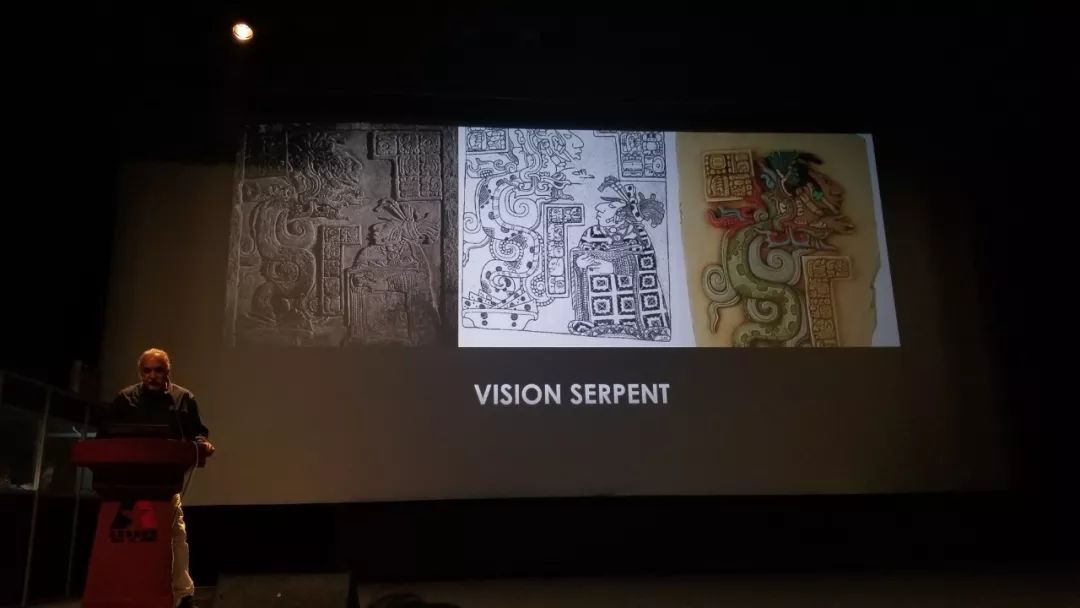
Mark Chavez from the Department of Art, Design and Media at Nanyang Technological University, Singapore. /Photo courtesy of the organizer
Mark Chavez from the Department of Art, Design and Media at Nanyang Technological University, Singapore. /Photo courtesy of the organizer
Deputy Dean of the Art and Design Department of Tsinghua University Wang Gang revealed his experience of making short movies such as "The Shadow of A Divine City," and "Reflection". He introduced ways of making immersive new media, and how to combine cultural content with architectural space for artistic expression through architectural projection.
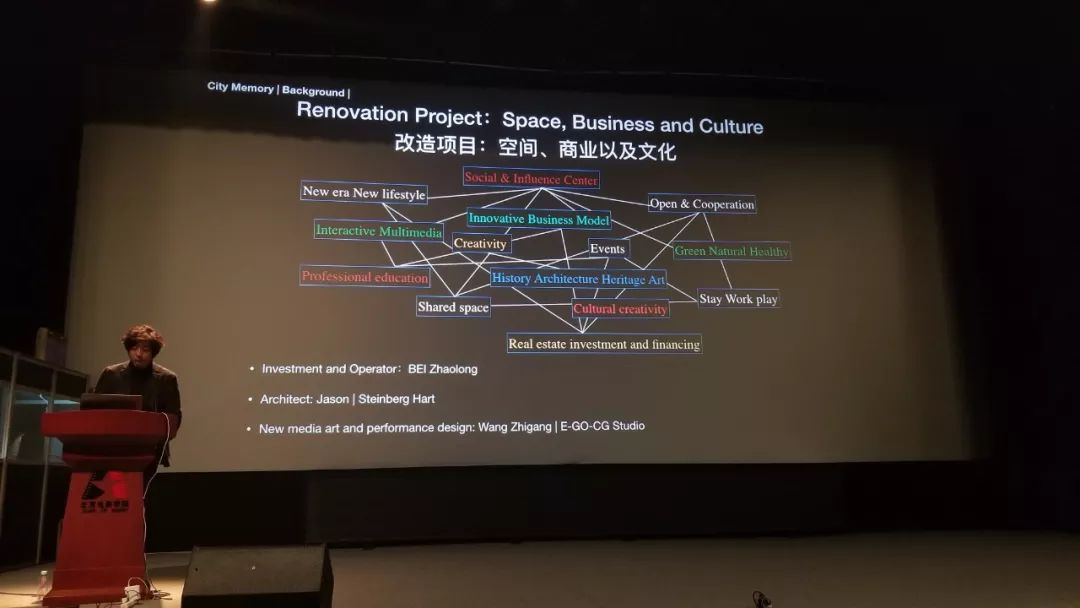
Wang Gang, deputy dean of the Art and Design Department of Tsinghua University. /Photo courtesy of the organizer
Wang Gang, deputy dean of the Art and Design Department of Tsinghua University. /Photo courtesy of the organizer
The forum's success has effectively promoted the integration of the creative methods of Chinese special venue images with those of other countries.
Future sessions of the annual meeting are in the pipeline, and the forum will further focus on the new digital media technology.